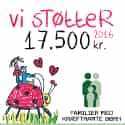Get Free Product Catalog!
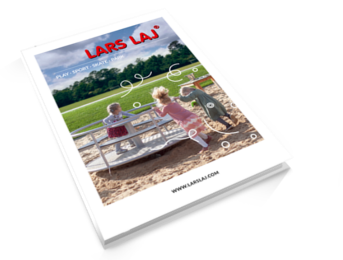
You can order a printed version of our latest catalogue by filling out the online form or download pdf version here.
Minimalism is in our blood
Below you will find the full transcript of the interview:
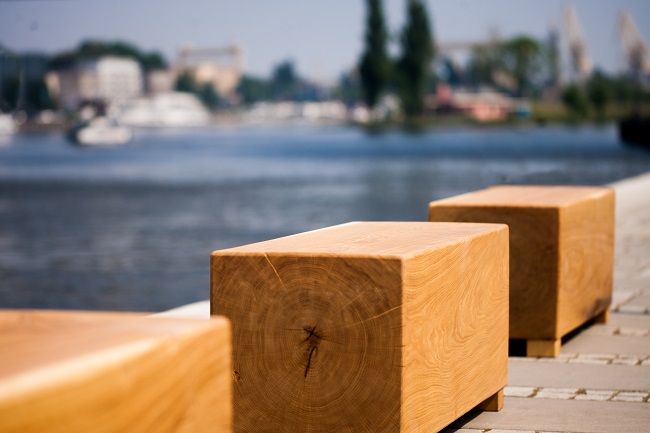
| Playground constructed from larch and robinia is a proposal for natural children recreation area. With K. Sawa, Sales Specialist at Lars Laj we are talking woodwork and markets ranging from Scandinavia to Oman: | |||||
|
B. Rief: The topic of “Urban Jungle” (our exhibition title at the Fairs) is associated with natural approach to urban space. Was it hard to meet this requirements?
|
______ |
assemble in ground even without steel anchors, and in the case of European larch, direct contact with the ground is not recommended. Larch poles are assembled with protective steel anchors. LL: Larch belongs to a class of resin woods, therefore can be difficult to work with. As for robinia, it is more durable and flexible material. Nevertheless all of our devices require the yearly impregnation. B.Rief: Do you apply any special treatment for wooden elements? LL: We use non-invasive surface impregnation. No special conditions are required for the use of our wooden products. However, as a manufacturer, we recommend to impregnate wood at least every year. Impregnation must be performed up to 30 cm below the ground. It is protective against the weather, bacteria |
_____ |
B.Rief: Where do you meet the greatest interest in your wooden products? LL: The brand has a long tradition of functioning in the Scandinavian markets. Scandinavia is therefore one of our core customers. We also have a network of distributors in many European countries. Besides that, our products are also popular in remote locations like Oman and Kuwait. There we send our products with subtle changes. B.Rief: Can you tell us more about these changes? LL: They do not apply to wood, but components such as steel, because it might heat to very high temperatures. For example, we exchange stainless steel in slides for fiberglass instead. 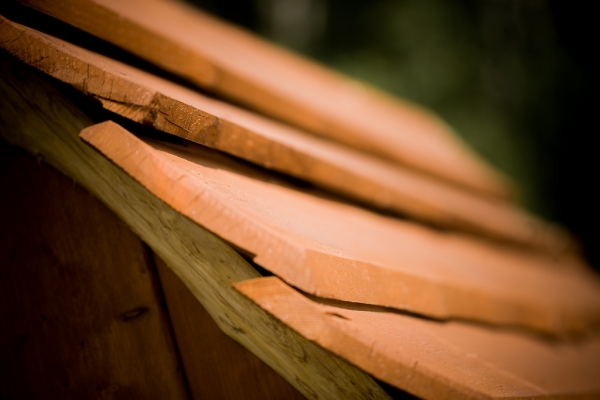 B.Rief: Thank you for the interview! |
|

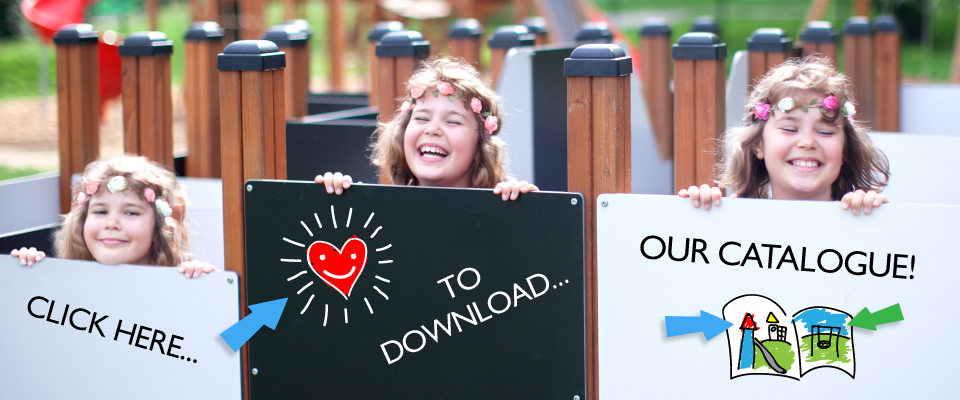
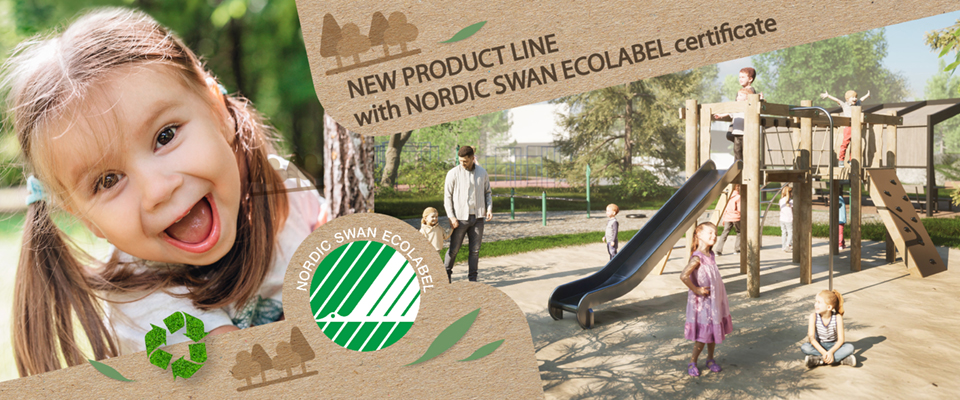
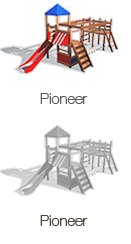
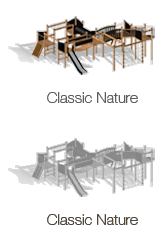

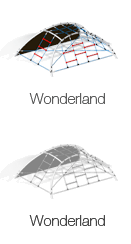
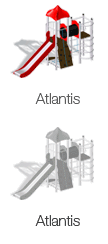
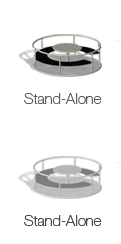
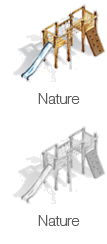
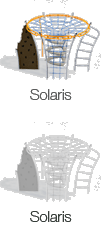
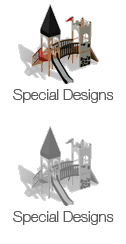
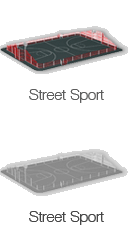
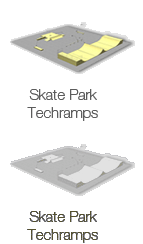
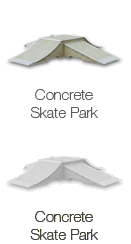
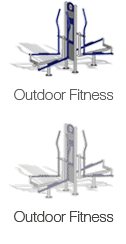
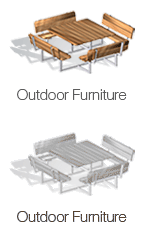
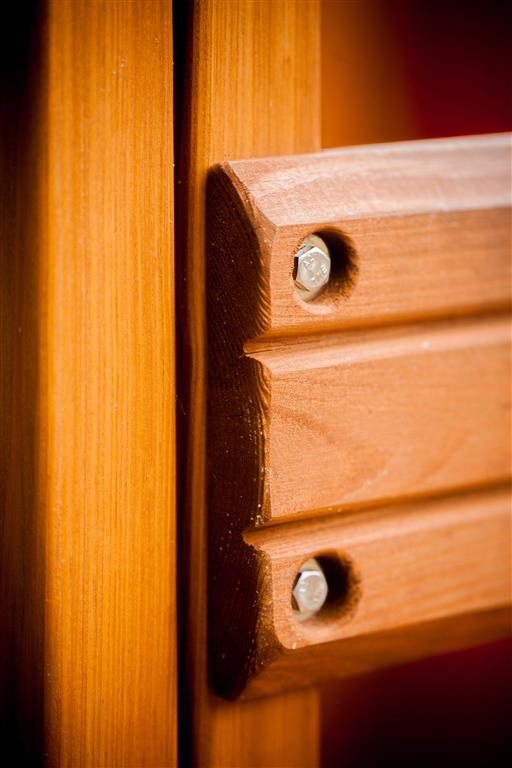
.jpg)




